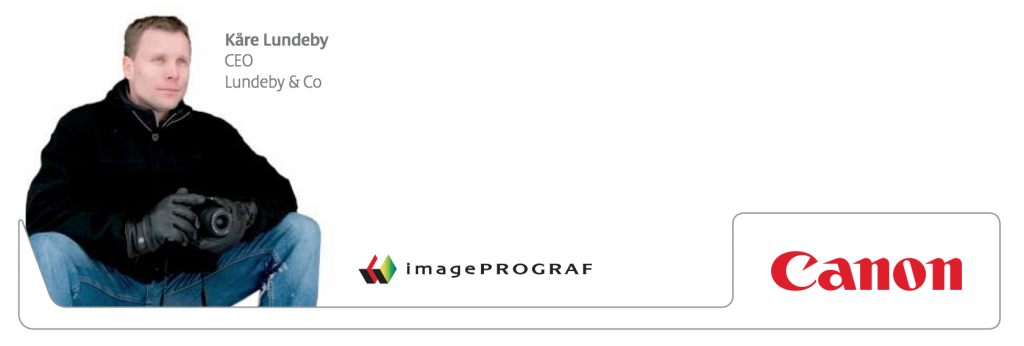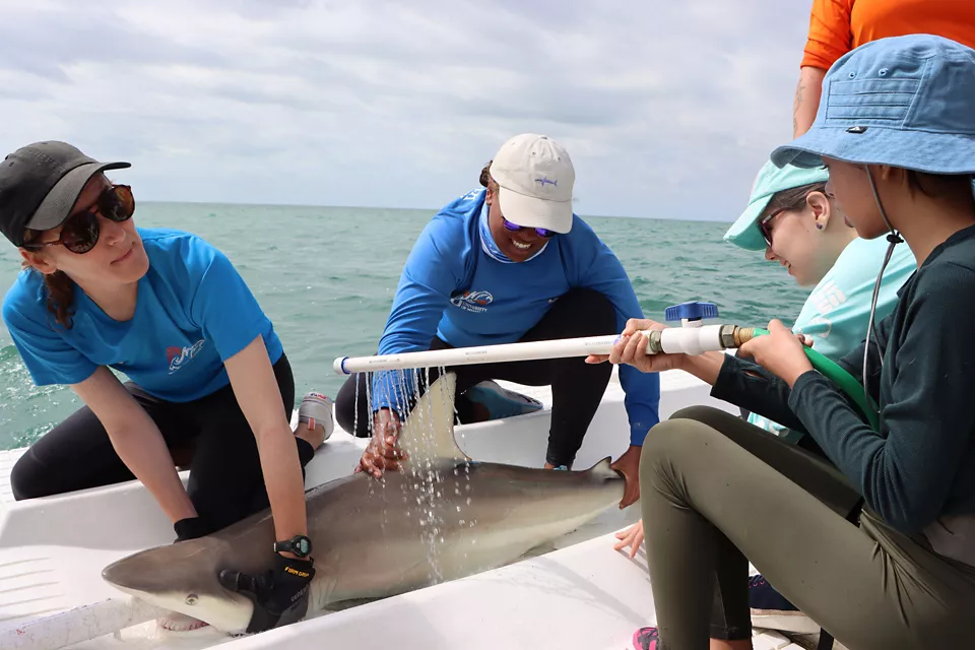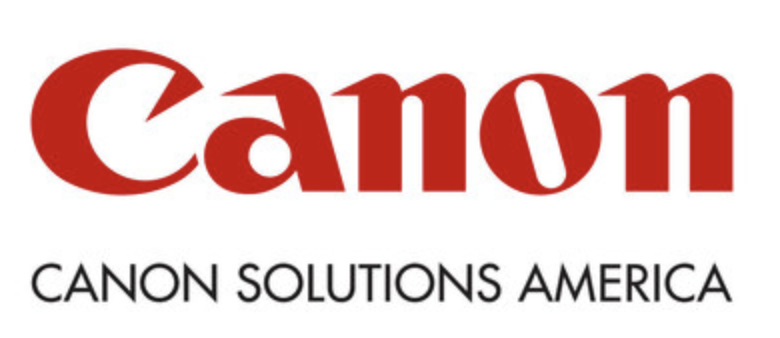In synergy with our business- Hærland, a quiet town an hour from Oslo, provides an unlikely backdrop for a Nordic business success story which is just beginning a whole new chapter. The roots of Lundeby & Co begin at the end of the Second World War, when Helge Lundeby founded a bookbinding business. It went on to dominate the Scandinavian market for postpress services for publishers, before diversifying into value-added services such as addressing, polywrapping, warehousing, mailing and logistics.
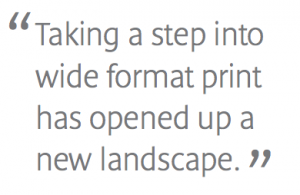 The opportunity soon arose to branch out into photographic services, starting with photo album production, and developing into everything from framing services to wedding cards. Today, Lundeby serves photographic enterprises right across Scandinavia, including photo labs, photo and craft retailers, studios, professional photographers and artists, galleries and framing businesses.
The opportunity soon arose to branch out into photographic services, starting with photo album production, and developing into everything from framing services to wedding cards. Today, Lundeby serves photographic enterprises right across Scandinavia, including photo labs, photo and craft retailers, studios, professional photographers and artists, galleries and framing businesses.
With plans for the group’s 60th birthday celebrations underway, the original bindery business is going from strength to strength, and Lundeby’s photographic arm has not lost its appetite for searching out new market opportunities. Steered by CEO Kåre Lundeby, one of two grandsons of Helge active in the business, Lundeby Photo Services is now taking its first steps in wide format output with a Canon imagePROGRAF iPF8100 large format printer.
[Tweet “We looked at a lot of #wideformat and we put our money on #Canon via @aslawetsky”]
The investment in wide format was something of a surprise decision. “We actually went to Drupa 2008 with an interest in digital photo books,” recalls Kåre. “But when the team from Canon Norway highlighted the chance to become an Art on Demand service provider, using a Canon wide format printer, we saw an immediate synergy with our existing services and client base. While we’d previously shied away from getting into actual print services, not wanting to tread on our printing customers’ toes, this was very different, and we felt that with a team skilled in design, Photoshop and IT, the learning curve wouldn’t be prohibitively steep.”
The Art on Demand concept provides businesses – for example retailers, picture framers, galleries, museums, interior architects and designers – with online access to a database of photographic and fine art images. Licensees can opt for a simple web interface or a dedicated touch-screen kiosk for retail environments.
These allow their customers to browse the image archive, select an image they want to reproduce, choose the format and substrate, and place an order online. Their order is fulfilled by an Art on Demand service provider, with the purchase price split between the retailer, the printer and the royalty to the original artist.
Previously, says Kåre, he had struggled to justify the capital investment in wide format output. But with Art on Demand, “the risk was minimal, and we had a clear vision of how we could quickly grow this new revenue stream, with the right guidance.”
The imagePROGRAF iPF8100 was installed in September 2008, to an enthusiastic reception from staff. The team started by producing stunning sample prints for prospective customers. “Having built up a reputation for quality, flexibility and customer service over 60 years, and with no printing experience, it was vital that we didn’t run before we could walk,” says Kåre.
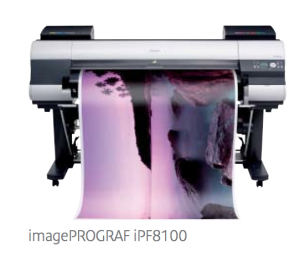 “We’ve started quite cautiously, selecting sites within an hour of Hærland that we could monitor closely. Now that we’ve seen how the system works, we’re confident that we’ll have 40 sites within a year, and a dedicated sales force taking Art on Demand to prospective customers all over Scandinavia.”
“We’ve started quite cautiously, selecting sites within an hour of Hærland that we could monitor closely. Now that we’ve seen how the system works, we’re confident that we’ll have 40 sites within a year, and a dedicated sales force taking Art on Demand to prospective customers all over Scandinavia.”
According to Kåre, the Canon imagePROGRAF iPF8100 has slipped into the business with a minimum of fuss. Optimised for the Art on Demand service, it was chosen for its photo quality output and has not disappointed. “We looked at a lot of competitive wide format printers, and we were pretty comfortable putting our money on Canon. But the proof is in the output, and a couple of months on, we know for sure that the images we’re creating with the imagePROGRAF iPF8100 surpass anything else in its class in terms of quality.” In fact, the reproduction is such that many artists who come to Lundeby for framing services are now requesting digital wide format prints of their own work.
With exclusive rights to represent Art on Demand in Norway, and designs on neighbouring markets, Lundeby has ambitious plans. Many art galleries and framers are clamouring for licences, and the first kiosk, at a nearby interiors shop, is already proving successful. The team is also in discussions with Munch Forlaget, the publisher representing Norwegian artist Edvard Munch (‘The Scream’) and other prominent Scandinavian artists.
Having cleared space in its production unit, the company is now ready to contemplate adding a second, wider Canon machine to increase its capacity, and allow it to take on bigger format commissions and experiment with different substrates. “The possibilities are limitless,” says Kåre. “We’re tremendously excited. Right now, we’ve only scratched the surface. Taking a step into wide format print has opened up a whole new landscape for us, and we can’t wait to explore it.
Click here to download this Canon case study
